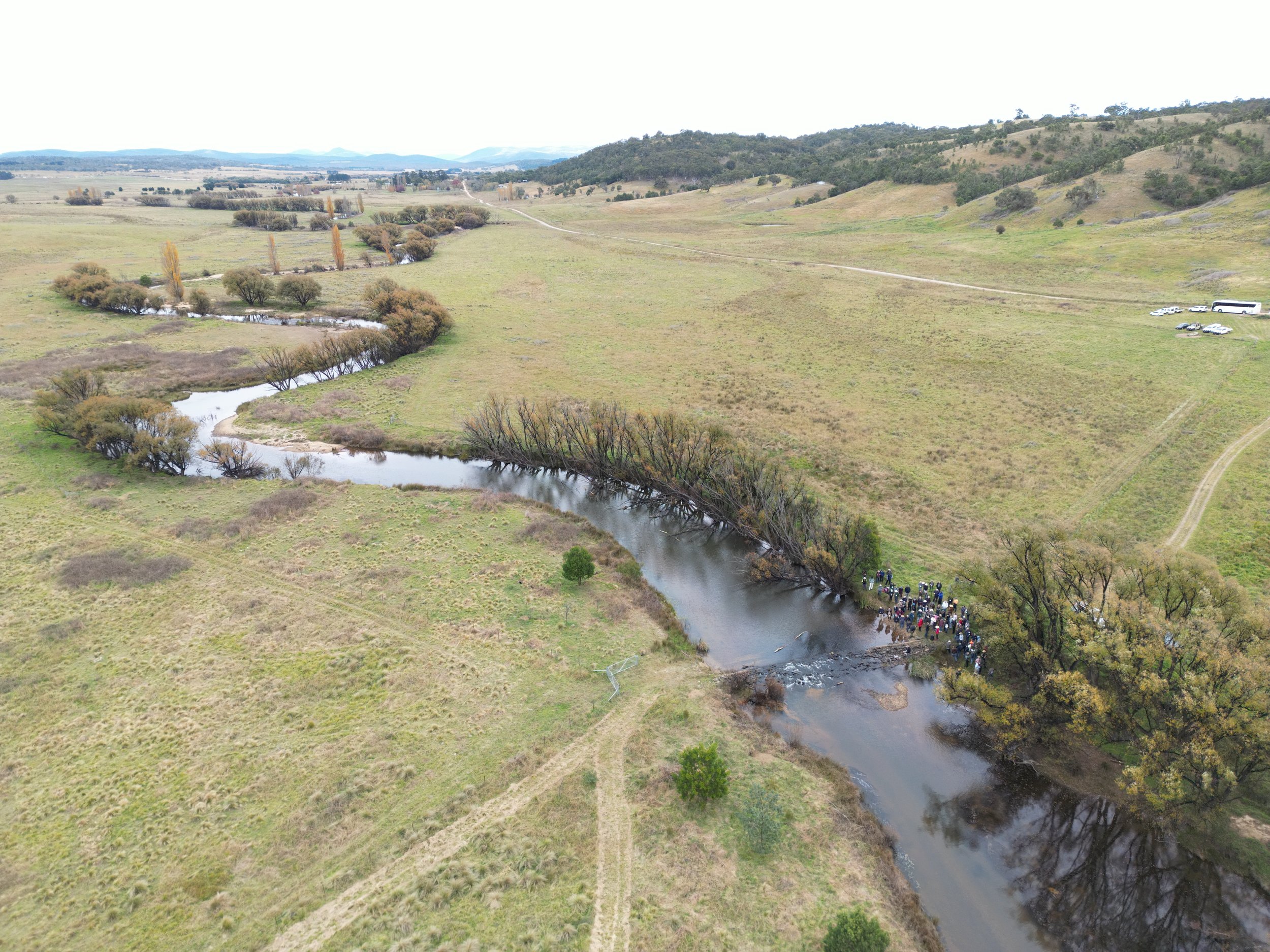Landscape Rehydration involves restoring the natural movement, storage and cycling of water to rebuild landscape function in degraded environments. It targets the small water cycle, which occurs over land and links groundwater, soil, plants, waterways and the atmosphere. The small water cycle works at many scales. It provides micro-climate moderation, supports nutrient cycling and drives the regeneration of biodiverse life. It also buffers the colossal forces of the universe that impact our planet: solar energy (which desiccates vulnerable landscapes) and gravity (which gives water its incredible erosive power). Landscape rehydration strategies take all these aspects of the small water cycle into account.
The principles underpinning Landscape Rehydration apply to all landscapes, but the physical interventions and land management strategies are unique to each situation. In agricultural settings it is important to take an adaptive approach so that restoration, resilience, productivity and profitability objectives are considered holistically, and in their socio-economic context.
Landscape Rehydration Strategies include:
Protecting and regenerating riparian zones
Adapting farm systems (e.g. through paddock redesign, watering points and stock management) to the underlying landscape features and the different zones that exist between the highest point and the lowest point in the landscape.
Protecting and enhancing hydrologically significant sites such as wetlands, dams and ephemeral streams, and vulnerable areas susceptible to erosion (e.g. by managing stock access and revegetation).
changing vegetation management (e.g. rotational grazing, cover cropping, creating biodiversity corridors and shelter belts).
Installing natural structures on degraded slopes, in gullies and incised stream channels. These structures are to heal erosion, encourage infiltration, reconnect floodplains to their water source, enable ponding and restore slower flow regimes over land surfaces and in waterways. These structures take many forms and will vary in size, materials and form depending on context. Leaky weirs, brush packs, rock ramps, contour banks, contour rips, mulching and brushing are commonly used.
These strategies can be implemented at small, localised scales, or across sub-catchment and catchment landscapes. The latter approach, though harder to coordinate, will deliver more significant and long-lasting landscape function and resilience outcomes. It is important to consider a waterway reach and floodplain or sub-catchment as a whole to optimise beneficial impacts and ensure the long-term integrity of any landscape rehydration project.


